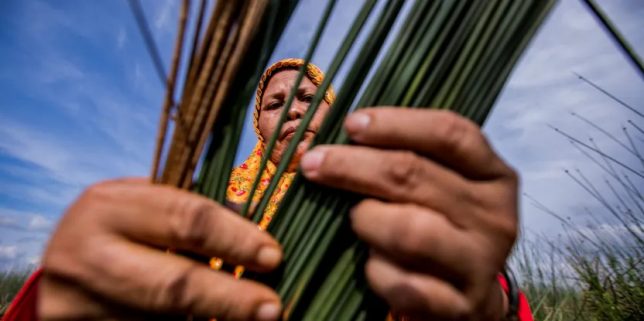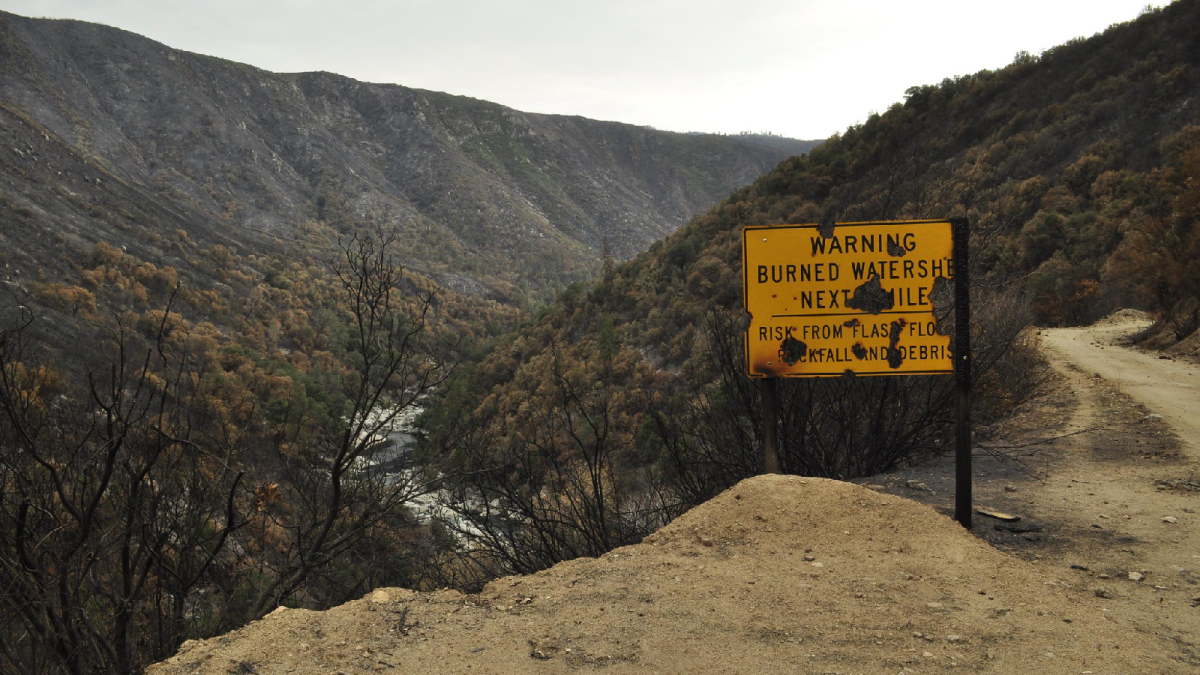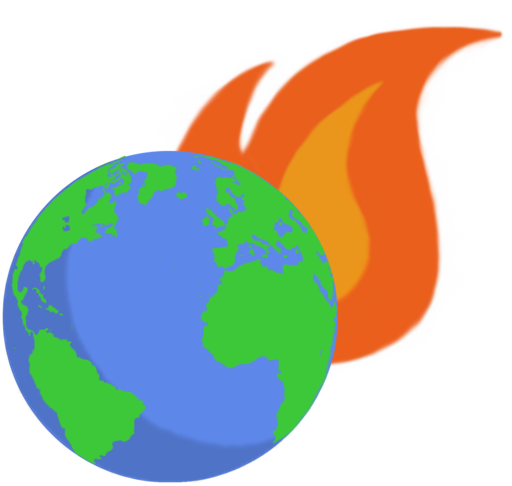
Experts share knowledge from long-term research in Indonesia and beyond
By Nabiha Shahab, Forests News (CC BY-NC-SA 4.0)
Indonesia has the third-largest area of biodiversity-rich tropical forests in the world. The archipelago is considered one of the world’s 17 ‘megadiverse’ countries and houses two of the 25 global biodiversity ‘hotspots’. In 2015, however, the country experienced its worst forest fire disaster in almost two decades. In September and October that year, carbon emissions released by the fires reached 11.3 million tons per day – higher than the emissions of the entire European Union, which released 8.9 million tons daily over the same period.
In response to the disaster – and as part of wider efforts to restore 14 million hectares of degraded land, including two million hectares of peatlands – the Korean and Indonesian governments have developed a peatland restoration project which focuses on the ‘3Rs’: rewetting, revegetation, and revitalization. Activities include rewetting infrastructure, revegetating over 200 hectares with tree planting, and land revitalization in 10 villages surrounding the project site, as well as the creation of a small peatland education center.
“We believe that this peatland restoration project will help create a sustainable ecosystem and have a productive impact on the community,” said Junkyu Cho, Korean Co-Director of the Korea-Indonesia Forest Cooperation Center (KIFC), during a symposium to share knowledge and experience gained from peatland restoration initiatives in several locations across Indonesia, on 7 December 2022 at CIFOR’s Bogor campus. The international symposium also aimed to enhance the network of researchers involved in peatland restoration and governance.
The research team, which hails from Korea’s National Institute of Forest Science (NIFoS) and the Center for International Forestry Research and World Agroforestry (CIFOR-ICRAF), will develop a model for restoring peatlands and other degraded lands in Indonesia in ways that make the most of science and technology and improve local livelihoods.
“We hope that various issues, such as climate change adaptation, nature-based solutions, and bio-economy will be explored under the rubric of peatlands,” said Hyungsoon Choi, the director of NIFoS’ Global Forestry Research Division. The researchers are also helping to develop sustainable community-based reforestation and enterprises, said CIFOR-ICRAF Senior Scientist Himlal Baral.
During the symposium, Baral also shared information on CIFOR-ICRAF’s long-term Sustainable Community-based Reforestation and Enterprises (SCORE) project, which runs for the same period as the UN Decade on Ecosystem Restoration and provides valuable opportunities for research. The study involves identifying areas for restoration, and for planting sustainable timber and non-timber forest products. “We start with small demonstration trials, and we hope to scale up and achieve long-term impacts,” he said, adding that smart agroforestry is one of the options for restoration.
Nisa Novita, from local NGO Yayasan Konservasi Alam Nusantara (YKAN), shared some of her research into the mitigation potential of natural climate solutions for Indonesia. Her team found that the country offers a dramatic opportunity to contribute to tackling climate change by increasing carbon sequestration and storage through the protection, improved management, and restoration of drylands, peatlands, and mangrove ecosystems. “Protecting, managing, and restoring Indonesia’s wetlands is key to achieving the country’s emissions reduction target by 2030,” she said.
Several presenters shared models for cost-effective restoration. A-Ram Yang of NIFoS’ Global Forestry Division discussed a visit to the Perigi peatland landscape in South Sumatra in September 2022. Meanwhile, a team from Korea’s Kookmin University shared their experience assessing ecosystem services in North Korea’s forests with a view to adapting these for use in Indonesia.
Budi Leksono, a senior researcher at the Research Center for Plant Conservation and the Forestry, National Research, and Innovation Agency (BRIN), spoke of the potential of genetic improvement to serve restoration goals. “The use of improved seeds for plantation forests has been proven to increase the productivity and quality of forest products,” he said. “In accordance with the goal of restoration in Indonesia to restore trees and forests to degraded forest landscapes on a large scale, it should also be applied to the landscape restoration program to increase the added value of the land, and will have an impact on increasing ecological resilience and productivity.”
On a similar note, in a research collaboration with CIFOR-ICRAF, scientists at Sriwijaya University (UNSRI) developed a model for landscape restoration to be applied to wide range of species of high economic value, including Jelutung (Dyera costulata), Belangeran (Shorea balangeran), Nyamplung (Calophyllum inophyllum) and Malapari (Pongamia pinnata). One of the scientists, Agus Suwignyo, said that “the use of improved seeds for landscape restoration will have an impact on people’s welfare if this is also followed by implementing a planting pattern that is in accordance with the conditions of the land and the needs of the local community.”
Participating farmers also chose their own preferred species, such as jackfruit (Artocarpus heterophyllus), avocado (Persea americana), mango (Mangifera indica), nangkadak (a hybrid of Artocarpus heterophillus and Artocarpus integer), sapodilla (Manilkara zapota), oranges (Citrus sp.), soursop (Annona muricata), rambutan (Nephelium lappaceum) and betel or areca palm (Areca catechu). From 2018 to 2020, UNSRI helped local farmers to develop smart agrosilvofishery, improved rice cultivation, introduce other economical rice crops, plant trees, and cultivate various local fish species.
The method showed positive results. “During the long dry season in 2018, the surrounding area was burned by other farmers, but our demo plot area was not burned,” said Suwignyo. “This year, we scaled up the area to 10 hectares.” The story echoed a common theme within the symposium: the importance of well-planned, multidisciplinary, evidence-based restoration that puts both people and nature first.
This research was supported by the National Institute of Forest Science, Republic of Korea and collaborated with National Research and Innovation Agency (BRIN), Republic of Indonesia ; Tropical Rainforest Reforestation Center of Mulawarman University; University of Muhammadiyah Palangkaraya; Center of Excellence for Peatland Research at Sriwijaya University.


